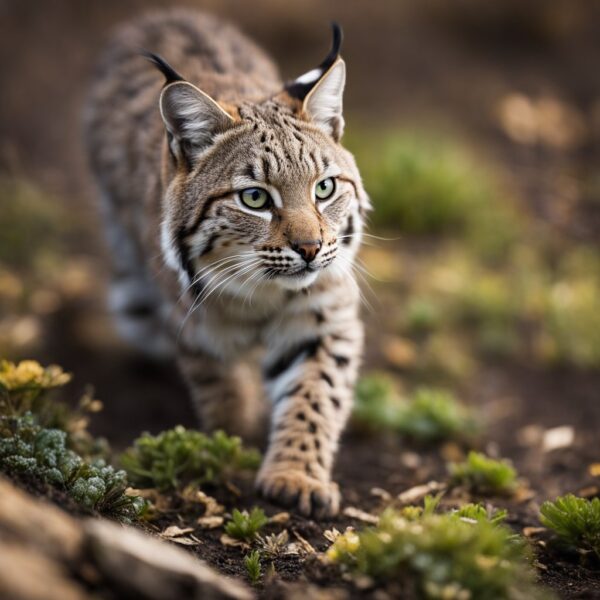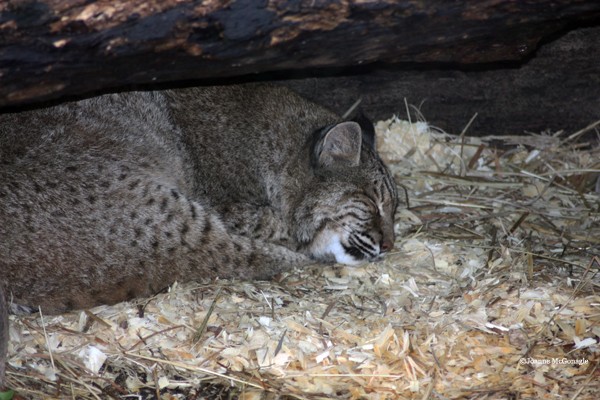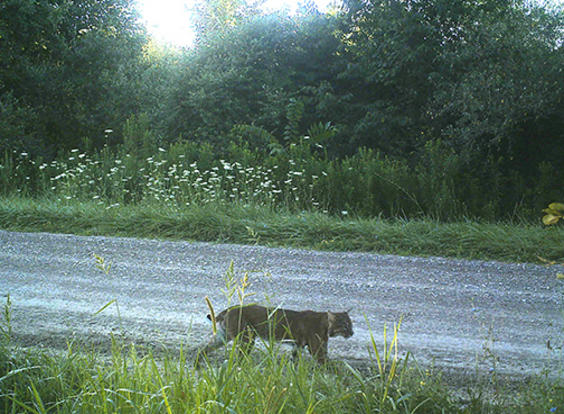
What It Means for Wildlife Health
Avian influenza – the virus that’s been hitting poultry farms and wild birds hard and is becoming more of a public health concern – has now shown up in wild bobcats in New York state.
In a new study published on March 25 in the Journal of Wildlife Diseases, researchers tracked live bobcats across the state and found that many had been exposed to bird flu. While some bobcats were able to survive the infection, the virus sadly proved deadly for others. The findings are part of a growing trend of avian flu turning up in more mammal species, and it highlights just how important it is to keep a close eye on wildlife diseases.
First Confirmed Bobcat Death from Bird Flu in New York
“This is the first time we’ve documented a bobcat dying from avian influenza in New York,” said Dr. Jennifer Bloodgood, wildlife veterinarian and assistant professor at Cornell’s College of Veterinary Medicine. “It’s promising that some animals survived, but it’s also clear that H5N1 can be fatal for bobcats, and that’s something we need to pay attention to.”
Researchers worked with 16 live-captured bobcats between January and March 2024, fitting them with GPS collars to study their population numbers. Blood tests showed that over half of them had been exposed to some form of influenza. Four had antibodies linked to the highly pathogenic H5N1 strain, and five others had signs of exposure to other flu types.
Sadly, one bobcat that tested negative at first died from H5N1 within five weeks. Why this bobcat died and others didn’t isn’t fully understood yet – it’s one of many questions researchers hope to answer.
Tracking Bobcats, Tracking the Virus

Two of the four H5N1-exposed bobcats are confirmed to be alive, while the other two went off the radar when their GPS collars stopped sending signals. The team hopes to find out more as the study continues.
“Carnivores are among the species most affected by this virus, but there’s still so much we don’t know,” said Haley Turner, a master’s student at Cornell and lead author on the study. “When we detect antibodies, we’re only seeing the animals that lived long enough to be tested. We can’t tell how many got sick and died without being found.”
When one of the collared bobcats died, Turner hiked out to retrieve it from a scrubby wetland. Testing confirmed H5N1 was the cause. “We found clear signs of viral inflammation in the brain,” Bloodgood said. “With advanced testing, we were able to connect that inflammation directly to the avian flu virus.”
BIRD FLU AND BOBCATS: What This Means Going Forward

Bird flu has caused the loss of over 168 million poultry birds in the U.S. alone, and it’s spread to a growing number of mammal species, including humans. There has been one reported human death in Louisiana.
This study marks an important first for New York: it’s the first time researchers have confirmed a flu-related death in a wild bobcat here, and the first time flu antibodies have been detected in the state’s bobcat population.
To track and study the animals, Turner partnered with licensed trappers who contacted her when a bobcat was caught. On-site, her team safely anesthetized the animals, collected blood samples, and fitted them with GPS collars. The bobcats were then released right where they were found, typically waking up about 45 minutes later.
For Turner, the work is about more than just individual animals. “What’s really exciting is what disease monitoring can tell us about the bigger picture,” she said. “It gives us a heads-up about potential threats to wildlife populations. Without this study, we may never have known this virus could kill a wild bobcat.”
Cornell’s College of Veterinary Medicine now offers an online resource center for avian influenza, and the New York State Wildlife Health Program – a joint effort between the Department of Environmental Conservation and the Cornell Wildlife Health Lab – has launched a new tool for reporting bird flu cases.